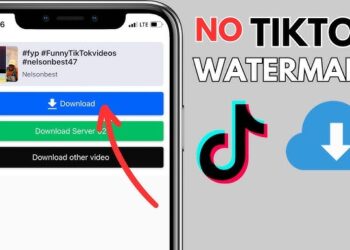A growing audience for online video that has been building for the past five or six years predated the spread of the Covid-19 virus. The trend toward increasing watching has picked up steam as the pandemic has spread. Since the advent of online video consumption, this trend has persisted. The yearly growth rate for the over-the-top (OTT) industry is ten times the rate of traditional media, and the total value of the industry has risen to several billion dollars.
While piracy has grown rapidly, the shutdown orders issued by governments in different regions of the world have drawn attention to the problem. It is predicted that by the year 2020, when all of this content will be available on official networks, piracy websites that host unlawful movies would receive billions of views. Furthermore, websites are merely one of many other ways in which one can access illegally acquired content. Many other possibilities exist as well.
Studios and OTT platforms’ use of DRM increased during this time period as they sought to better meet their legal obligations. This action was taken to boost their chances of success. They must spend millions of dollars to ensure the safety of the distribution of content that uses DRM protected content. It has been estimated that without an efficient anti-piracy mechanism in place, the pay-TV and OTT businesses could lose as much as $67 billion USD in global income by 2023. It is likely that unauthorised downloading and sharing of content is to blame for these losses. As well as raking in billions of dollars in advertising revenue, the websites and mobile apps that host pirated content are also major sources of income for the criminal industry. For legitimate OTT providers, this is a direct hit to their bottom line.
Digital rights management (DRM) is a technique that can let OTT platforms encrypt content for users and verify their identities before decrypting the content to play it again. Nonetheless, pirates are still successful in their attempts to steal high-quality videos. Content owners often use Video watermarking technology, also known as forensic watermarking technology, to track down video pirates after their recordings have been unlawfully distributed online. Forensic video watermarking is another name for this method. Watermarking is a method of adding session-, user-, or device-specific metadata to individual video frames; it is typically used in tandem with a multi-DRM tool. Metadata allows tracking of who is watching a video and from where. Video viewers’ identities and whereabouts can be tracked and monitored with the use of this metadata.
When a leak occurs, the multi-DRM/watermarking provider scans the web for illegal copies, extracts watermark data from clips, and checks it against a database of watermarks created at the time of installation. By deleting the watermark, content owners are provided with evidence against the leaker of the original file into the piracy ecosystem, providing ammunition for a legal case. Also Read About Michelle White












Discussion about this post